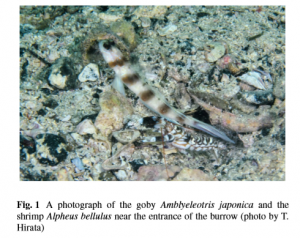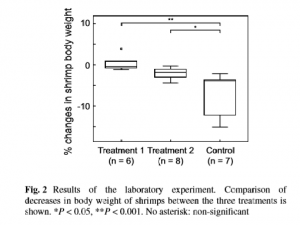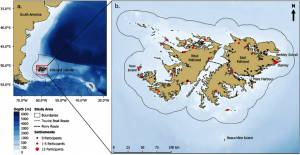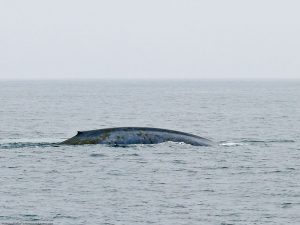Atypical and Estuarine Habitat of the Maroni River Mouth Altering Green Turtle Behavior in French Guiana
By Casey Dresbach, SRC intern
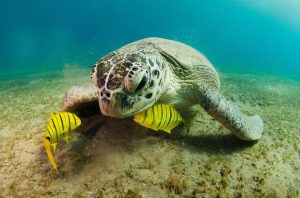
Green Sea Turtle, Chelonia mydas.
(Your Shot National Geographic, 2013) http://yourshot.nationalgeographic.com/photos/2387735/?source=gallery)
In this experiment, satellite telemetry was used to assess the behavioral adjustments of twenty-six adult female green turtles. Sixteen Argos-linked Fastloc GPS tags were deployed on green turtles from February to June 2012 on both sides of the Maroni River: Awale-Yalimpo and in the Galibi Nature Reserve in Suriname. At the same time, ten other females in the Amana Nature Reserve were equipped with Conductivity-Temperature-Depth-Fluorometer Satellite Relayed Data Loggers, which provided the locations of the turtles via Argos data, and recorded profiles of the dive depth, time at depth, dive duration and post-dive surface interval, and oceanographic data in the form of vertical temperature and salinity profiles taken during the rising phase of these turtles’ dives as seen in Figures 1 and 2. The intent of tagging was to analyze three entities: home range, diving behavior, and environmental conditions.
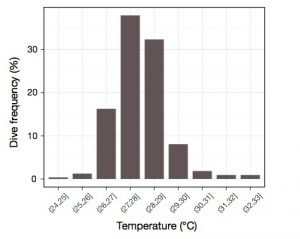
Figure 1. Extreme temperatures recorded in-situ by the Argos-Linked Fastloc GPS tags on green turtles Chelonia mydas of 2012. (Chambault, et al.)
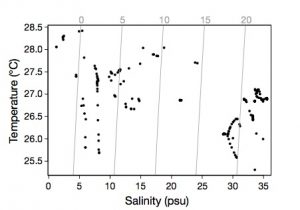
Temperature-salinity diagram for the green turtles tagged with a CTD-SRDL tag in 2014. (Chambault, et al.)
In relation to home range, the findings show that Chelonia mydas stayed close to both the shore and their nesting beach, exhibiting limited movement. By staying close to shore, the turtles are likely to save energy for oviposition, the act of laying their eggs. Regarding diving behavior, dive data showed that individual female green turtles were spending extended periods at the surface. This may be related to their highly diurnal resting activity, where they are active during the day. The data also shows that these turtles went for short and shallow dives. One of the reasons for this suggests basking at the surface, which can be beneficial for thermoregulation, especially in these warmer waters. Also, this behavior permits the avoidance of aggressive males or potential predators, delay of algal or fungal infestations, and also an enhancement of immune response. Additionally, spending time at the surface is associated with both their lungs’ positive buoyancies (being denser than water surrounding it) as well as foraging activity. In terms of finding food, a green turtle’s preferred choice of sustenance is seagrass. However, the waters of the French Guiana provide an extreme environment for these turtles, where large river outputs generate very warm water (~27 to 29° C) and highly variable salinities (1.2 to 35.5 psu), as shown in Figures 1 and 2. In these waters, the high river outflow lead to low levels of irradiance, probably resulting in the lack of seagrass. The turtles of the French Guiana have adapted to this consequence by seeking alternate food sources and also relying on stored body fat for energy, defining the population as capital breeders. Adaptations are often compromises; each organism must do many different things to compensate for their surroundings (Reece, Urry, Cain, Wasserman, & Minorsky, 2014). We humans owe much of our versatility to our flexible limbs, but they are also prone to sprains, torn ligaments, and dislocations. Hence, structural reinforcement has been compromised for agility. These turtles are compromising their preferred food choice because it is unavailable. Their available alternatives include those befitting the water’s turbid environment such as: crustaceans, polychaete worms, and cnidarians. Jellyfish are fairly abundant on the French Guiana continental shelf, and these female turtles are adapting an appetite for an alternative source of nutrition to enable survival.
This study provides the first data to describe the inter-nesting events, habitat use, dispersal and diving behavior of green sea turtles. The findings show this population of Chelonia mydas has adapted many behaviors in response to the deviant and estuarine habitat of the Maroni river mouth. This is the first study to track this specific population of green turtles during their inter-nesting season. Satellite tracking made it possible to locate and quantify the habitat used by Chelonia mydas during their inter-nesting seasons. Their survival is at risk, both with increasing climate change and the life-threatening illegal fishing along the Guiana coast. By evaluating their home range, it makes it possible to obtain a reliable visual of areas where these turtles nest, to thus identify hotspots that need protection. The endangered species is particularly vulnerable during their inter-nesting periods, especially in the atypical environment they are residing in. Further research should be done to evaluate the interactions between green turtles and fisheries to ultimately seek permission to delineate a Marine Protected Area.
Works cited
Chambault, P., Thoisy, B. d., Kelle, L., Berzins, R., Bonola, M., Delvaux, H., et al. (2016). Inter-nesting behavioural adjustments of green turtles to an estuarine havitat in French Guiana. Marine Ecology Progress Series , 555: 235-248 .
Dunand, A. (2013, October 15). Your Shot National Geographic .
Reece, J. B., Urry, L. A., Cain, M. L., Wasserman, S. A., & Minorsky, P. V. (2014). Campbell Biology . Boston: Pearson.

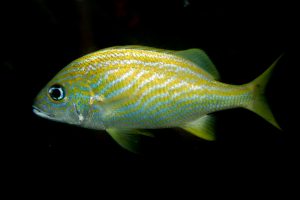
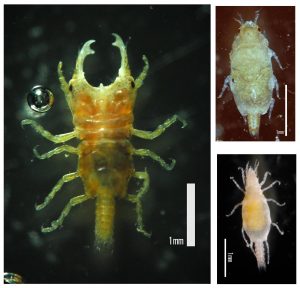

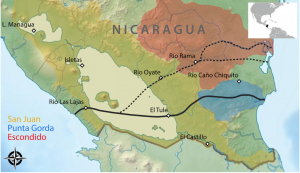
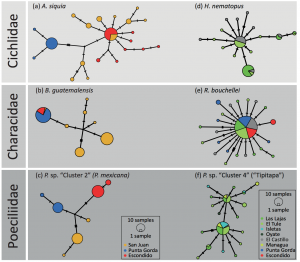
![Study area for the case study which shows the Bonneville Dam and the East Mooring Basin where the males aggregate [Schakner et al., 2016]](https://sharkresearch.rsmas.miami.edu/wp-content/uploads/2017/04/Figure-1-SRC-300x112.png)
![A California sea lion (Zalophus californianus) goes for a swim [Wikipedia Commons]](https://sharkresearch.rsmas.miami.edu/wp-content/uploads/2017/04/Figure-2-SRC-300x225.jpg)
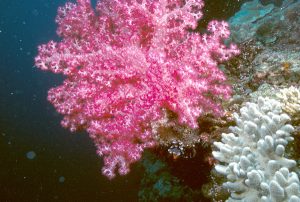
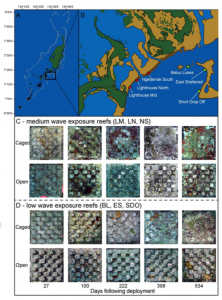
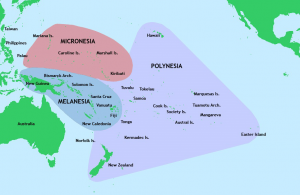
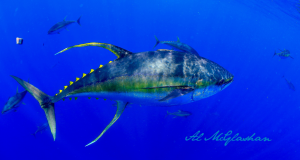
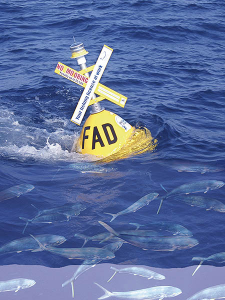
![A pair of Hawaiian cleaner wrasse clean a dragon wrasse. [Source: Wikimedia Commons, photo by Brocken Inaglory (https://commons.wikimedia.org/wiki/File:Cleaning_station_konan.jpg)]](https://sharkresearch.rsmas.miami.edu/wp-content/uploads/2017/03/Figure-1-Cleaning-Symbiosis-300x225.jpg)
![A shrimp cleans inside the mouth of a moray eel.[Source: Wikimedia Commons, photo by Steve Childs (https://commons.wikimedia.org/wiki/File:Moray_Eel_and_Cleaner_Shrimp.jpg)]](https://sharkresearch.rsmas.miami.edu/wp-content/uploads/2017/03/Figure-2-Cleaning-Symbiosis-300x225.jpg)


